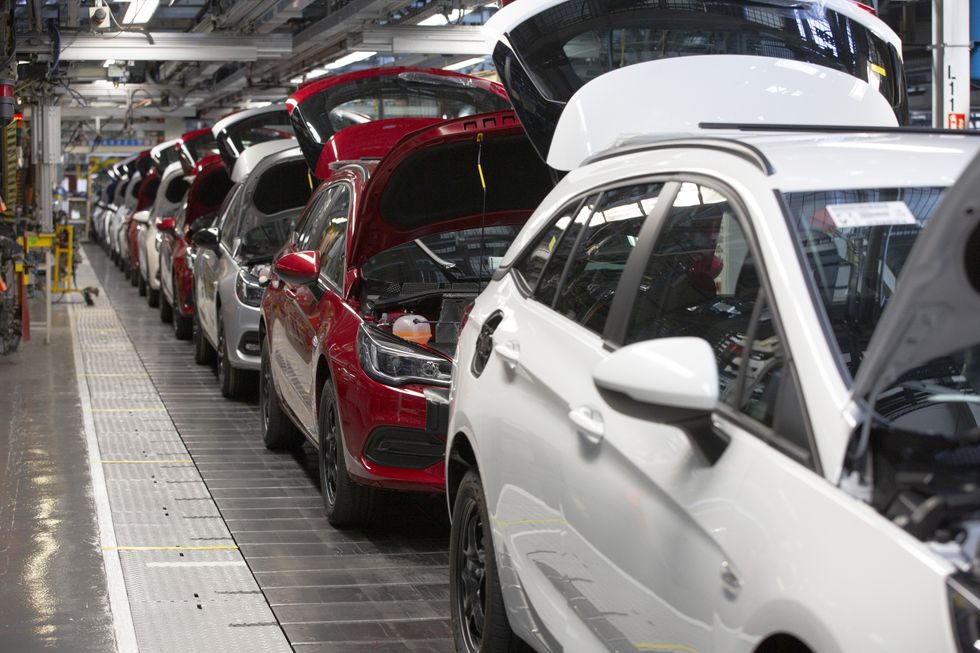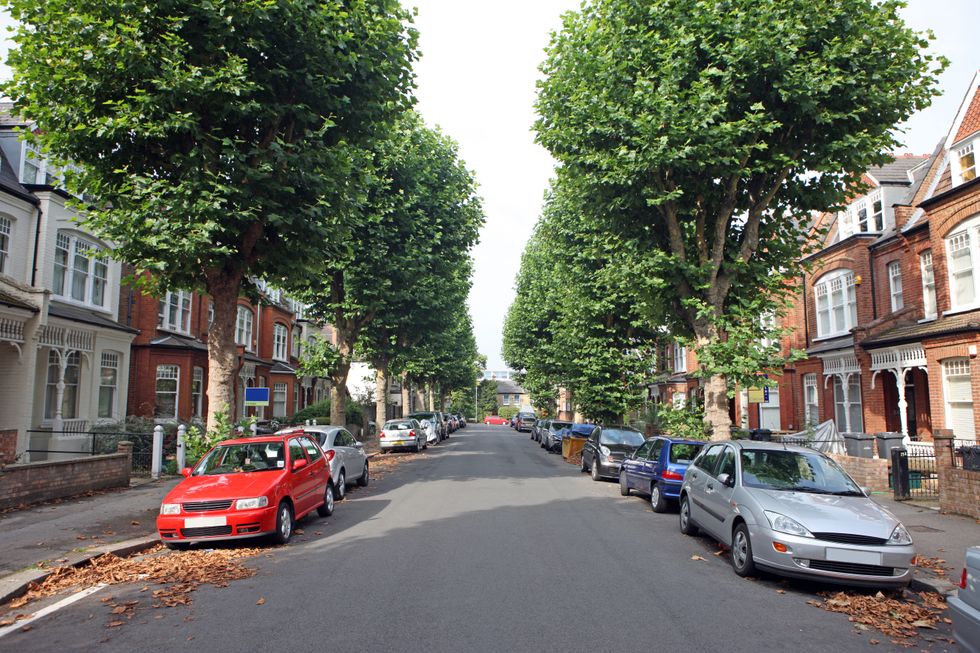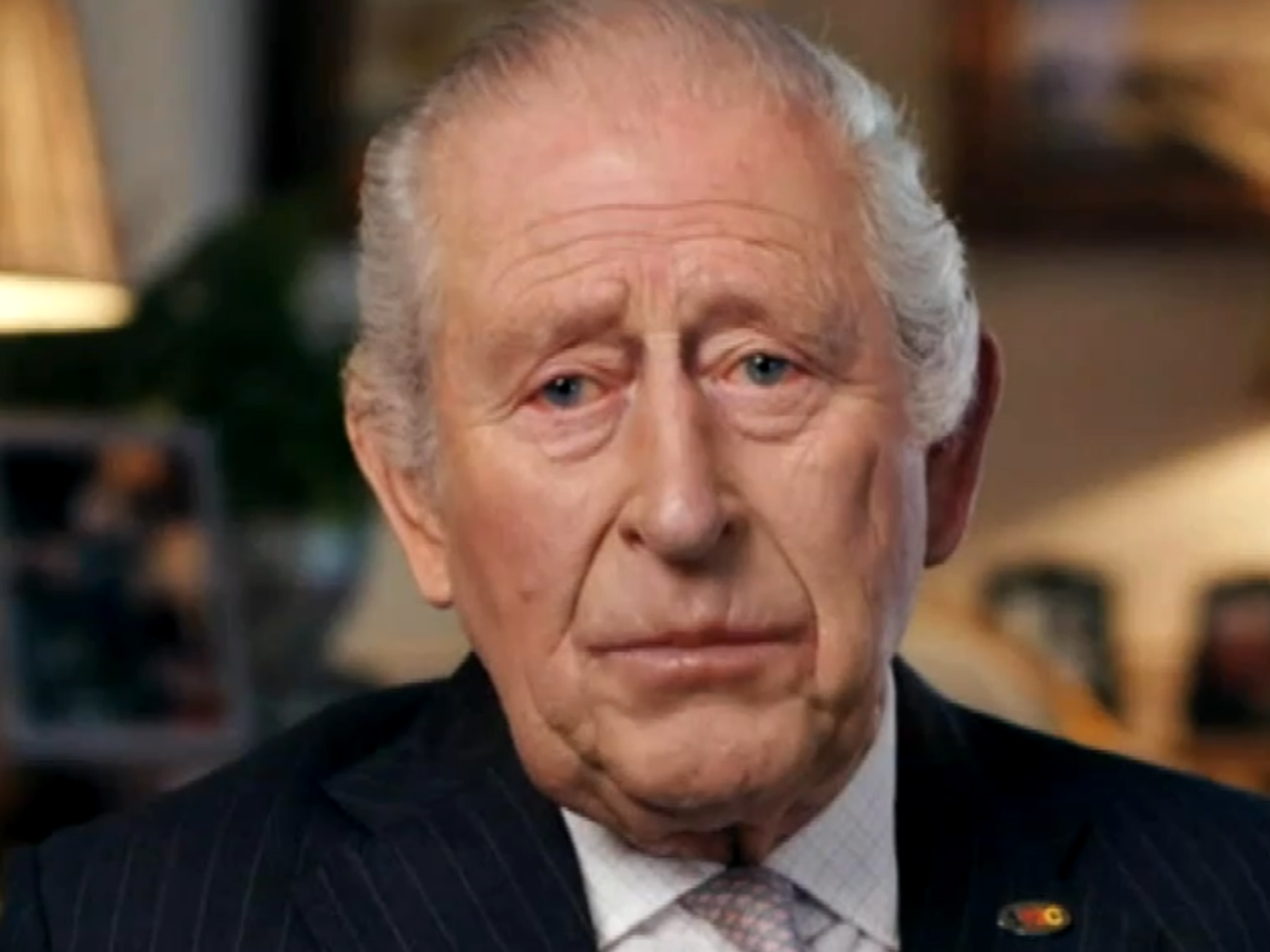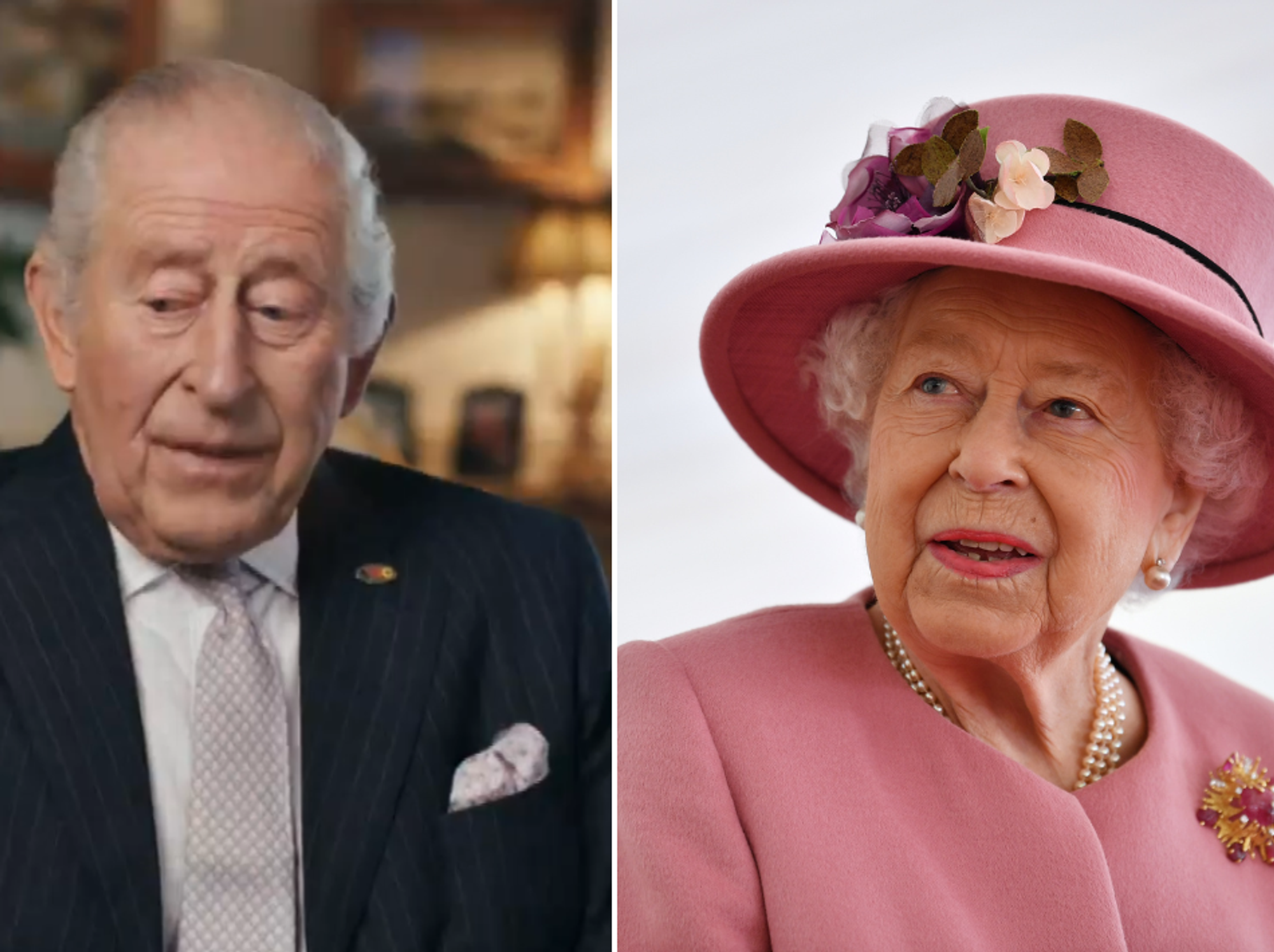Drivers could face £5,000 bill for owning certain car types - ‘Can quickly damage!’

Certain car paints can attract more hefty repair bills
Don't Miss
Most Read
Drivers with red and blue cars have been warned they could be slapped with a £5,000 bill this Autumn through costly damage repairs.
The warning comes after a 2012 study by Halfords revealed that these colours are more likely to attract bird droppings, which can lead to costly damage if left untreated.
The acidic nature of bird droppings can eat away at a car's protective paint layer, potentially resulting in permanent damage and expensive repairs.
The Halfords study surveyed over 1,000 vehicles, finding that red cars were most frequently targeted by birds, followed closely by blue cars. Green cars, surprisingly, were the least likely to be affected.
Do you have a story you'd like to share? Get in touch by emailing motoring@gbnews.uk

Certain car colours can attract more dirt
| GETTYDavid Edwards, Head of Operations at National Numbers, said: "Choosing your car colour might seem like a simple aesthetic decision, but this data suggests otherwise.
"Bird droppings are not only unsightly - they're also highly acidic, which means they can cause serious damage to your paintwork if left untreated."
Bird droppings contain high levels of uric acid, which can quickly damage paintwork. The problem is exacerbated when droppings are left on the car for extended periods or exposed to direct sunlight.
Seed-eating birds like pigeons pose an additional risk. Their grainy droppings can act like sandpaper, causing scratches to the car's surface. These issues not only affect the vehicle's appearance but can also significantly lower its resale value.
The financial implications of paint damage from bird droppings can be significant. Depending on the severity, professional detailing or repainting could cost hundreds or even thousands of pounds.
This type of damage also impacts resale value, as potential buyers may view it as a sign of poor maintenance.
To protect their vehicles, car owners should consider several practical steps. Choosing a less appealing colour to birds, such as green, could reduce the risk, Edwards explained.
Immediate cleaning of droppings is crucial, as damage can begin within hours. Applying protective wax or ceramic coatings can provide an additional barrier against acidic elements.
Parking away from trees and bird-gathering areas can also help minimise exposure. For high-risk areas, using a car cover is a simple yet effective solution.
Despite the risks associated with bird droppings, red and blue remain popular car colours. Recent data from the Society of Motor Manufacturers and Traders showed that while black, grey, and white are the most popular car colours in 2024, blue and red follow closely behind.
This suggests that many car buyers prioritise personal taste over practicality when choosing their vehicle's colour.
For those opting for red or blue cars, understanding how to mitigate the impact of bird droppings is crucial. Regular maintenance and quick action, when droppings occur, can help preserve the car's appearance and value.
LATEST DEVELOPMENTS:

Parking away from trees and bird-gathering areas can reduce exposure to droppings
| GETTYEdwards added: "Many people don't realise how much damage bird droppings can do until it's too late." By taking proactive steps, car owners can protect their paintwork and avoid costly future repairs.
While red and blue cars may be more susceptible to bird droppings, there are steps owners can take to protect their vehicles. Edwards recommended cleaning droppings immediately to prevent damage.
Keeping a microfiber cloth and car-safe cleaner handy can help address the issue quickly. Applying protective wax or ceramic coatings creates an additional barrier against acidic elements.
Parking away from trees and bird-gathering areas can reduce exposure to droppings. For high-risk areas, using a car cover is an effective preventative measure.










